 |
 |
 |
 |
 |
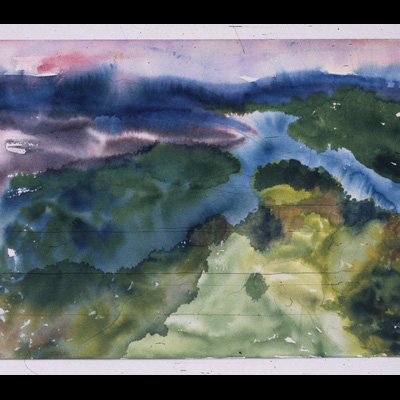
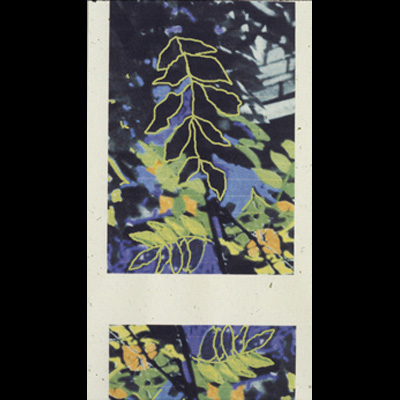
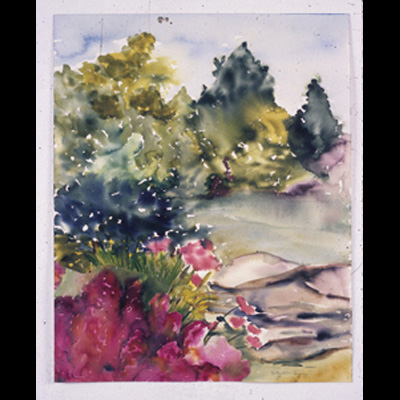
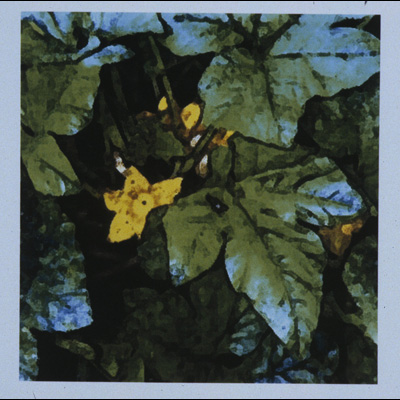
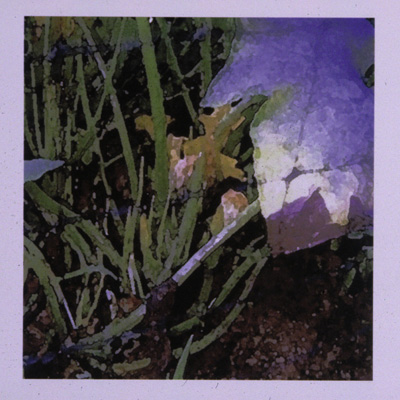
My process [in "Sites of Passage"] began with field studies of my garden, made with a simple digital camera, then downloaded to my Macintosh computer. This new technology opened up new possibilities for image making through the manipulation of Photoshop software, augmented by Illustrator "plug-ins." My goal was to use the technology in a subtle way, to retain the classical beauty of the image, but to have new tools with which to work. My apprehension of the technology was relieved when I found plug-ins with names such as "mosaic", "cross-hatch" and "fresco," because that sounded like art to me. One discovery was that it is absolutely essential to have an understanding of drawing and painting to work with these tools, at least to my aesthetic judgment. The tonality and rhythms of each mark, the selective application of color, and the mechanics of imaging all contribute to the quality of the image. It's fascinating, as well, to see how an image is formed through pixels, the small dots of color that together enjoin the forms to the two-dimensional surface.
Throughout my ongoing "Sites of Passage" paintings, drawings, and prints, my concerns have been to designate, then meditate, on a specific site or location, to understand its power. My selection of vegetable garden imagery refers to sustenance, life cycle, and personal environment, searching for beauty within this functional, rather than decorative, set.